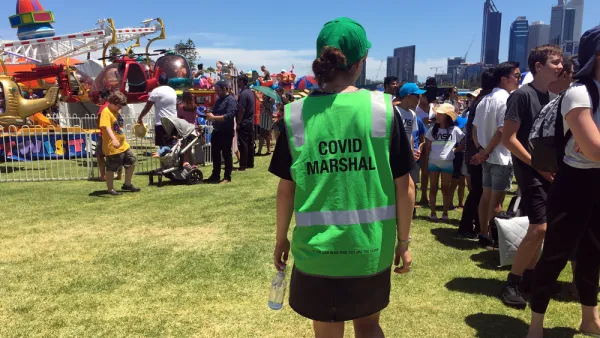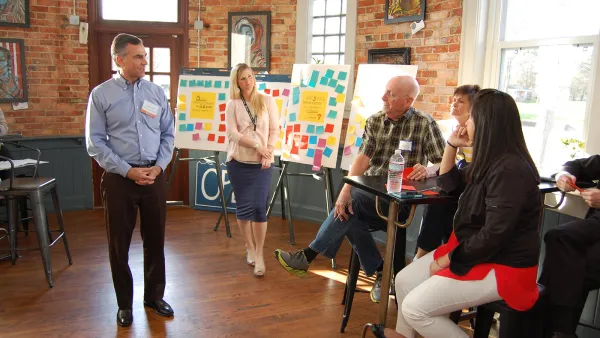Organizations blend past and present strategies to stay in touch with community members.

When COVID-19 began spreading across the country earlier this year, and Americans were ordered to stay at home and socially distance, they turned to technology. Since then, many aspects of everyday life have become virtual–starting with work and school and eventually including traditionally in-person events like baby showers, birthdays, and weddings; cooking and fitness classes; conferences; concerts and plays; and even dance parties. A Pew Research Center survey conducted in early April found that roughly 54 percent of U.S. adults said that the internet became essential for them during the pandemic.
As the pandemic pushed people to rely more heavily on technology to stay connected, it also made it undeniable how much more work needs to be done to resolve the digital divide. In a report published last year, the Federal Communications Commission estimated that there were 21 million Americans who lacked broadband access at the end of 2017. Reliable high-speed internet, as defined by the FCC, is having download speeds of at least 25 megabits per second (Mbps) and upload speeds of at least 3 Mbps. In other words, having high-speed internet access is a luxury. This has become especially apparent in the country’s education system. It’s estimated that more than 9 million schoolchildren lack access to high-speed broadband internet at home. According to the Pew Research Center, those who are less likely to have broadband service at home include racial minorities, older adults, rural residents, and those with lower levels of education and income.
Closing the digital divide requires reliable and affordable internet, adequate devices, and digital literacy skills. Outside of schools and libraries, nonprofit organizations are often the bridge for the digital divide in their communities. However, that work has become more challenging as face-to-face gatherings have been restricted. Nonprofits were forced to ...
FULL STORY: Crossing the Digital Divide During COVID

Analysis: Cybertruck Fatality Rate Far Exceeds That of Ford Pinto
The Tesla Cybertruck was recalled seven times last year.

National Parks Layoffs Will Cause Communities to Lose Billions
Thousands of essential park workers were laid off this week, just before the busy spring break season.

Retro-silient?: America’s First “Eco-burb,” The Woodlands Turns 50
A master-planned community north of Houston offers lessons on green infrastructure and resilient design, but falls short of its founder’s lofty affordability and walkability goals.

Test News Post 1
This is a summary

Analysis: Cybertruck Fatality Rate Far Exceeds That of Ford Pinto
The Tesla Cybertruck was recalled seven times last year.

Test News Headline 46
Test for the image on the front page.
Urban Design for Planners 1: Software Tools
This six-course series explores essential urban design concepts using open source software and equips planners with the tools they need to participate fully in the urban design process.
Planning for Universal Design
Learn the tools for implementing Universal Design in planning regulations.
EMC Planning Group, Inc.
Planetizen
Planetizen
Mpact (formerly Rail~Volution)
Great Falls Development Authority, Inc.
HUDs Office of Policy Development and Research
NYU Wagner Graduate School of Public Service




























